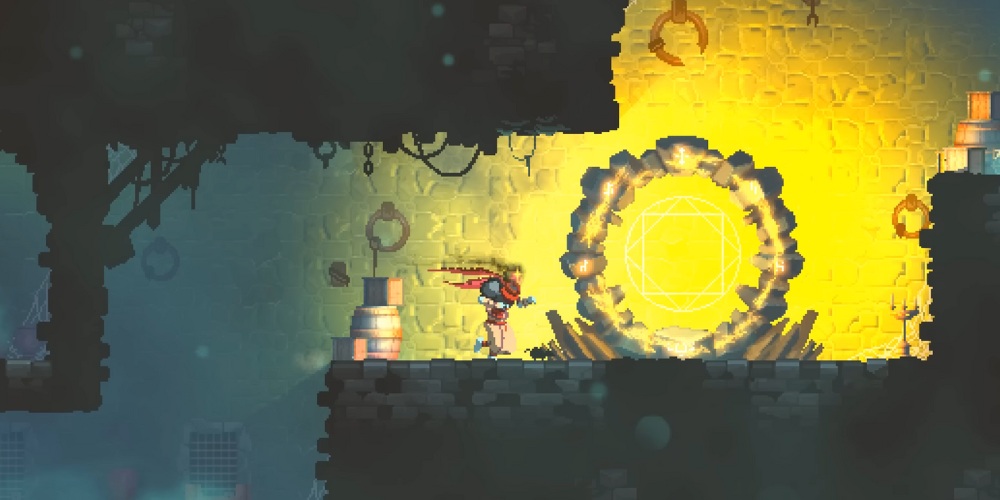
The gaming industry frequently sees the revival of classic titles, but it's a rare delight when such a resurgence is executed with as much care and innovation as in "Dead Cells: Return to Castlevania." This expansion not only pays homage to the iconic Castlevania series but also infuses it with the dynamic mechanics of Dead Cells, creating a fresh yet nostalgic gaming experience. This article explores how blending retro elements with modern gameplay in "Dead Cells: Return to Castlevania" provides a unique twist that appeals to both old fans and new players.
Understanding the Foundations: Dead Cells and Castlevania
Before diving into the nuances of the crossover, it's vital to understand the essence of the two contributing universes. Dead Cells is a rogue-lite, metroidvania action-platformer from developer Motion Twin. Known for its challenging combat, fluid movement, and unforgiving nature, Dead Cells rewards player skill and perseverance. In contrast, Castlevania is a historic series that began in the late 1980s and is renowned for its gothic horror themes, exploration-based gameplay, and memorable soundtracks. Each game crafts its ambiance and challenge around the exploration of Dracula’s castle, which is full of creatures and cunning traps.
Dead Cells' Gameplay Mechanics
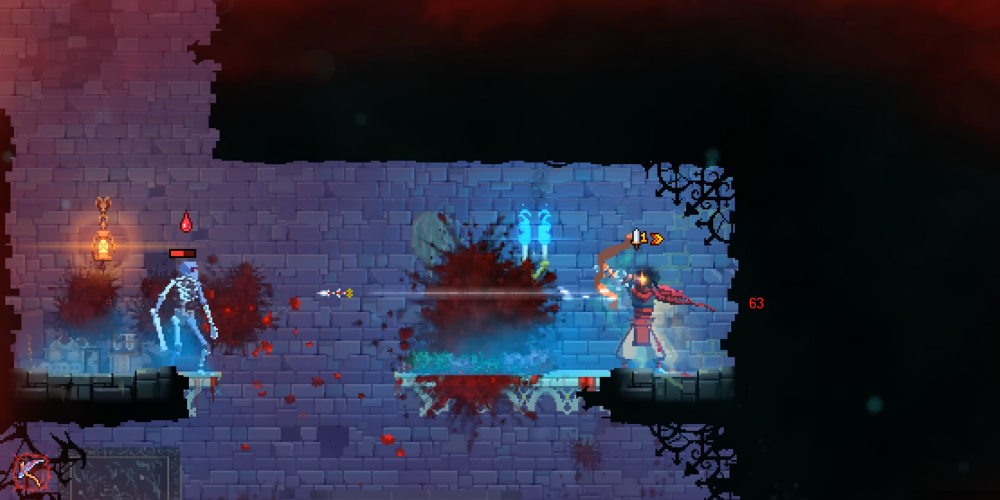
Dead Cells emphasizes speed, fluidity, and adaptability. Its procedurally generated levels and permadeath system encourage continuous player improvement. With a variety of weapons and skills available, players must learn to adapt quickly to the tools at their disposal and the ever-changing environments.
Castlevania's Legacy in Gaming
On the other hand, Castlevania's gameplay focuses on precision, timing, and strategic progression. The series has been pivotal in establishing the "Metroidvania" genre, driving home the joy of exploration and gradual mastery of the game world.
Integrating Classic Elements into Dead Cells
"Dead Cells: Return to Castlevania" cleverly integrates the signature elements of the Castlevania series into its structure. Here’s how this blend creates a distinct encounter:
The Atmospheric Blend

The expansion intelligently adopts the atmospheric depth of Castlevania, embedding its gothic visual and auditory cues into the pixel-art style of Dead Cells. This not only enhances the visual appeal but significantly augments the thematic depth of the game, offering a richer narrative experience. The eerie, looming architectures, paired with a haunting yet energizing soundtrack, translate Castlevania's unsettling yet compelling ambiance into Dead Cells' universe.
Incorporating Castlevania’s Gameplay Mechanics
One of the most celebrated aspects of the integration is the implementation of Castlevania’s weapon styles and enemy behaviors into Dead Cells. Classic weapons like the Vampire Killer whip or the Holy Water sub-weapon allow fans to experience the nostalgia of Symphony of the Night and other Castlevania titles. Moreover, the addition of enemy types from Castlevania, complete with their old attack patterns, requires players to rethink their strategies, making every encounter challenging and fresh.
Navigating the Conjoined World
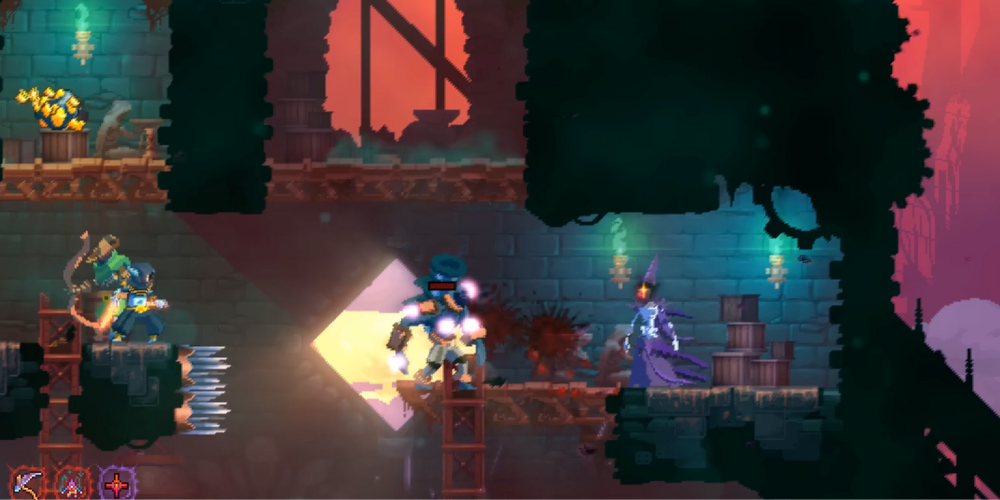
The physical environment in “Dead Cells: Return to Castlevania” is another masterstroke of game design. The fusion of Dracula's castle with the interconnected world of Dead Cells provides expansive new territories to explore, filled with secret rooms, hidden items, and challenging bosses. This map design not only nurtures exploration but also respects the legacy of both series by maintaining a balance between the procedural generation of Dead Cells and the meticulously crafted stages of Castlevania.
Storyline and Character Interaction
Adding depth to the game, the storyline in "Return to Castlevania" weaves elements from both universes, enriching the lore and offering a narrative that feels both familiar and innovative. Interactions with legendary figures such as Alucard and Simon Belmont provide historical context and support that enhance the narrative, enriching both the characters and the setting with deeper complexity.
Reception and Impact on Fans
The reception to "Dead Cells: Return to Castlevania" has been notably enthusiastic across diverse gaming communities. Critics and players alike have hailed it as a stellar example of how to merge two franchises while respecting the essence and core appeal of each. Long-time Castlevania enthusiasts have been particularly vocal, expressing satisfaction with the game's faithful adherence to the series’ atmospheric and mechanical fundamentals. They celebrate the revival of classic motifs and enemies, which have been integrated without losing their original charm and functionality.
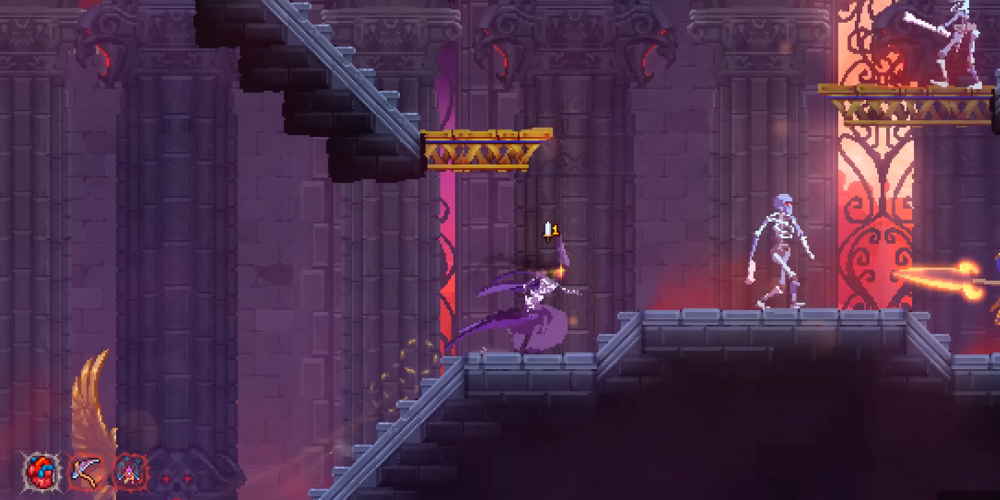
Similarly, ardent fans of Dead Cells have been thrilled by the fresh challenges and new dimensions to gameplay that the expansion introduces. The inclusion of unique weapons and Castlevania-specific mechanics, such as the classic whip and holy water, provides both a nostalgic nod and a novel twist that enhances the combat experience. Additionally, the more intricate map layout inspired by Castlevania's traditional level design adds a rewarding complexity, appealing to lovers of exploration and strategic thinking.
This crossover also excels as an illustrative case study in the video game industry, showcasing that reverence for classic elements combined with innovative design can lead to significant commercial and critical success. It reflects a well-executed balance of innovation and nostalgia, serving as a business model for how two very different games can synergize to create a compelling new product. This not only broadens the appeal of both original titles but sets new standards for future crossovers in game development.
A Successful Melding of Two Worlds
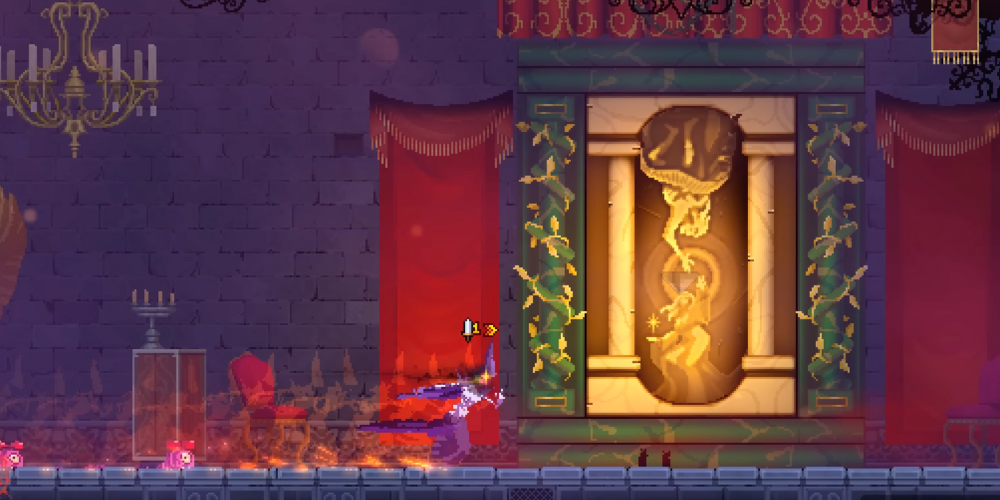
The "Dead Cells: Return to Castlevania" expansion has established a high standard for how crossover content can be effectively crafted. By seamlessly merging the distinct gameplay mechanics and storytelling approaches from each franchise, the developers have created an enriching gaming experience that resonates strongly with both fan bases. The smooth integration ensures that neither the frenetic pace of Dead Cells nor the gothic ambiance of Castlevania overshadows the other; instead, they complement each other to enhance the overall immersive experience.
Furthermore, this melding respects and retains the cherished aspects of both realms. For veterans of Castlevania, the gothic aesthetic and puzzle-like castle explorations evoke a sense of nostalgia, while the rapid, skill-based combat system of Dead Cells offers a continual test of reflexes and adaptability. This thoughtful combination has resulted in a comprehensive and harmonious experience that is as intellectually rewarding as it is theatrically entertaining. Through this expansion, the developers have not only preserved but elevated the essence of each game, creating a new legacy that honors both.
Concluding Thoughts
In conclusion, "Dead Cells: Return to Castlevania" stands as a testament to the potential of video game crossovers when done right. Blending the distinct elements of Dead Cells and Castlevania creates a riveting experience that respects its roots while offering something new and exciting to the contemporary gamer. This thoughtful amalgamation ensures that both legacies will continue to captivate and challenge players, old and new, far into the future.